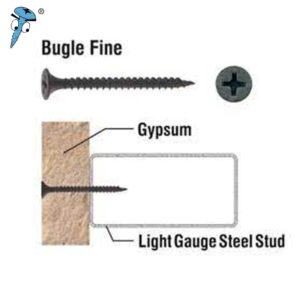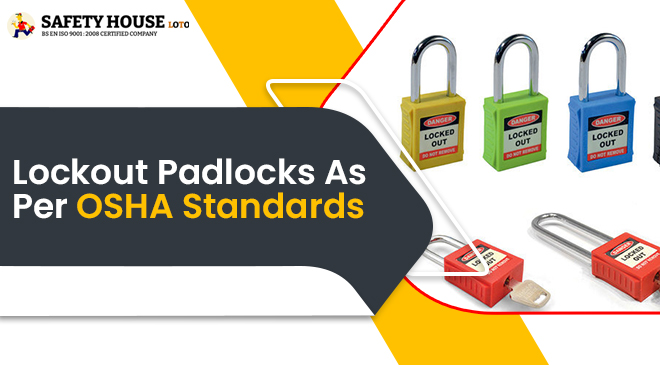Maintaining Lithium-ion Batteries Power Tools Philippines
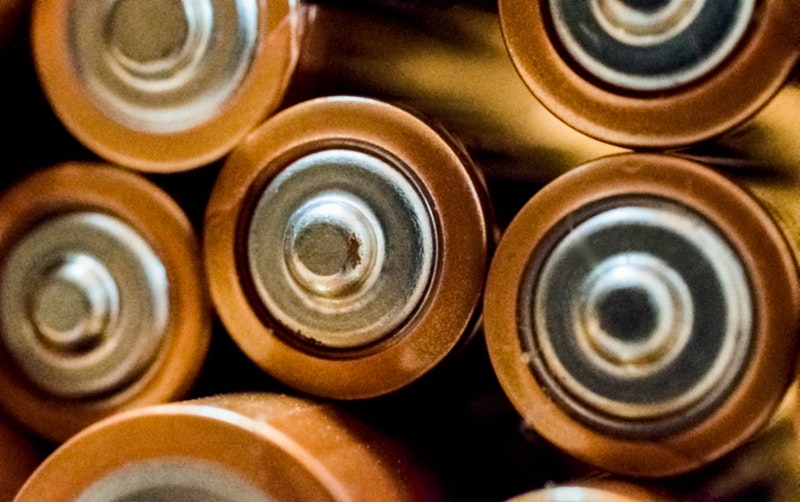
A Quick Guide for Maintaining Lithium-ion Batteries in Your Power Tools
September 28, 2018
How can you maintain the lithium-ion batteries in your power tools?
- Avoid overcharging
- Prevent full discharge
- Avoid excessive vibration
- Ensure proper storage
Did you know that the predominant cost in the price of cordless power tools in the Philippines is their batteries? This means that the cost of a cordless power tool can depend largely on the type of battery that it uses. There are three choices for this, namely Nickel-Cadmium (NiCd), Nickel-Metal Hydride (NiMH), and Lithium-Ion (Li-ion).
Although NiCd and NiMH were the previous favorites, Li-ion batteries have taken over the market and are currently considered to be the most promising battery chemistry. Most, if not all, power tools are equipped with these batteries because they offer a lot of advantages. These benefits, of course, come at a price; it’s no secret that Li-ion powered power tools are a little more expensive. Replacement batteries can cost a lot, which is why owners and users need to properly maintain the component.
Try as they may, however, some power tool owners always seem to end up failing. This is mostly because they are still adhering to outdated maintenance procedures. People are wrongfully treating Li-ion batteries as NiCd and NiMH ones and it’s causing them to fail prematurely. If you want to avoid this, best continue reading this quick guide for properly maintaining the lithium-ion battering in your power tools!
Avoid Overcharging
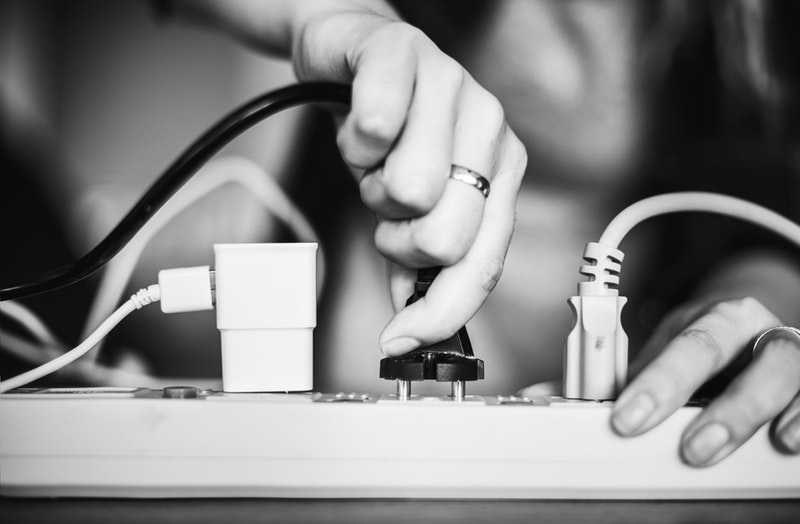
Devices equipped with Li-ion batteries usually come with smart chargers or built-in software that helps prevent overcharging. Some examples of this are laptops, phones, and tablets. Power tools, however, are not – or typically aren’t.
Depending on the model and manufacturer, your power tool may or may not come with such software or chargers. If it’s the latter, which is more often the case, then you’re personally in charge of making sure that the battery isn’t charging for long periods of time.
This can be done by pulling the charger out of the plug once it has reached full capacity. Your power tool should have a battery level indicator in its body, so make sure to keep a close eye on that.
Prevent Full Discharge
While we’re still on the topic of charging the batteries, we’re also going to give you tips on when to recharge. Most adhere to the fully discharge and then recharge routine which means that they wait for the battery to completely run out before they plug it back in.
This method is useful for NiCd batteries because of their ‘memory effect’ quality – a phenomenon where the component remembers its charge capacity – but not so much for Li-ion batteries. In fact, it can actually be detrimental to their longevity. Luckily, it can be easily avoided.
The only thing you have to keep in mind in this regard is to prevent the battery from going down to 0%. Once you notice a decrease in performance due to low battery levels or there’s only 15% – 25% left, immediately plug in the tool and allow it to charge completely before use.
Avoid Excessive Vibration
There’s really not much you can do to prevent vibration because it mostly comes with the application of the tool. Still, there are ways to avoid excess and unnecessary vibration which can cut the life of the battery short.
One of the best ways to do this (and an extremely common maintenance tip) is to avoid dropping the tool or even the just the battery itself. There are complex electronic components packed in a single battery; a fall from a certain height may cause some irreparable damage.
Another is to secure your power tools in a toolbox before throwing them into your trunk. The force of turning, stopping, and accelerating can cause the tool and/or battery to slam into the corners and sides of your trunk.
Ensure Proper Storage
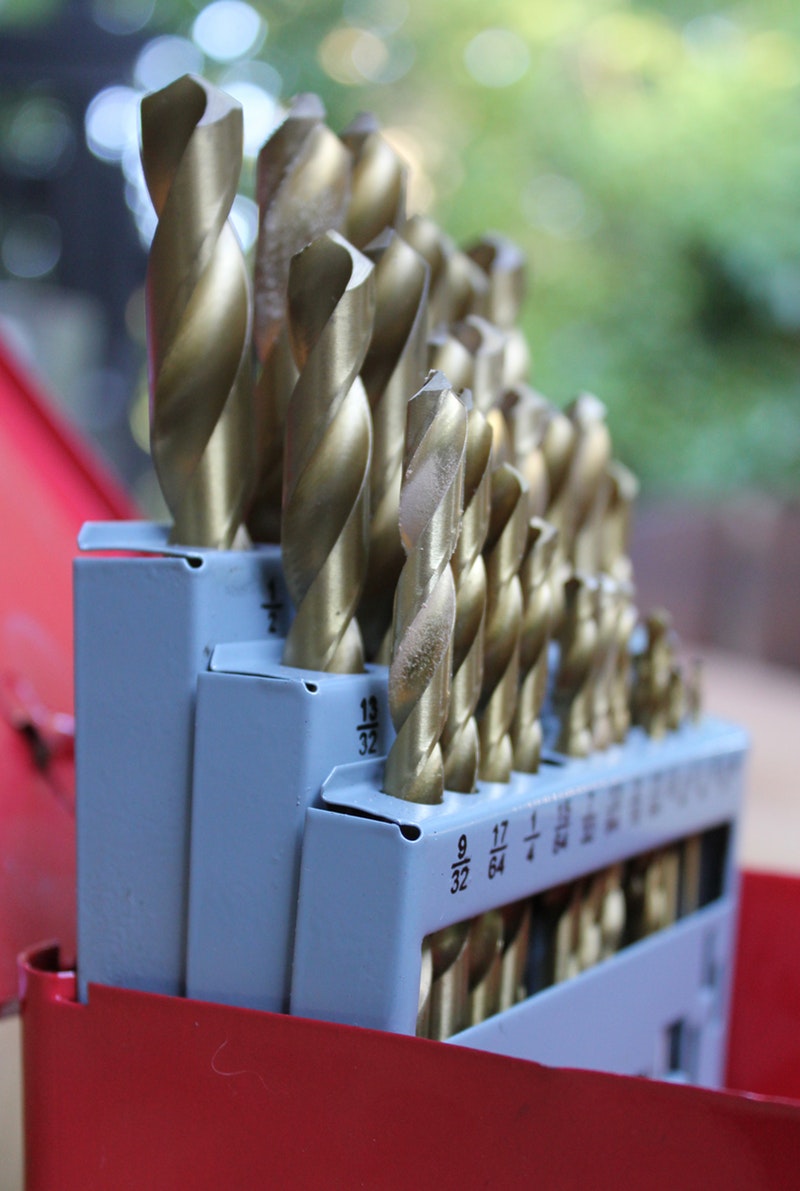
Proper storage is crucial to the maintenance of lithium-ion batteries, and there are specific guidelines for this which we will all enumerate.
The battery level is the first thing you have to keep in mind. Whether you’re going to store the tool for a long time or simply overnight, it’s better to have it charged at least 50%. The reason for this is that the battery chemistry is at the most stable state at half charge.
Next, and possibly most important on the list is the environment. The power tool must be stored in a cool and dry place for it to stay in top condition. Heat is the number one killer of Li-ion batteries and other types of batteries for that matter. Although lack of heat can also affect the battery negatively, so it’s best to keep the surrounding at room temperature or at least not excruciatingly hot or unbelievably cold.
Finally, make it a habit to put the batteries in their original casing or a cushioned bag before storing them away. You should also put on the plastic caps to prevent it from short-circuiting and to protect the terminals from any moisture or breakage.
Key Takeaway
Most power tools in the Philippines are equipped with Lithium-ion batteries. Those don’t come cheap, which is why it is important for users to learn proper maintenance. It does take a little getting used to, but after a while, these maintenance procedures should come naturally to everyone.
We can guarantee you that doing these things is going to be worth it because lithium-ion batteries are going to be in every single device – and not just power tools – sooner than you think!

